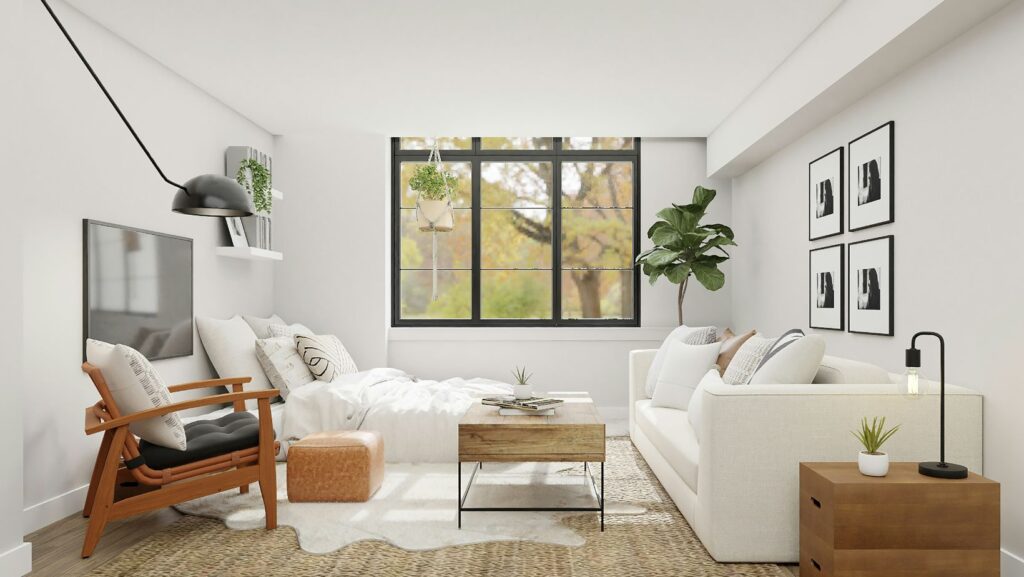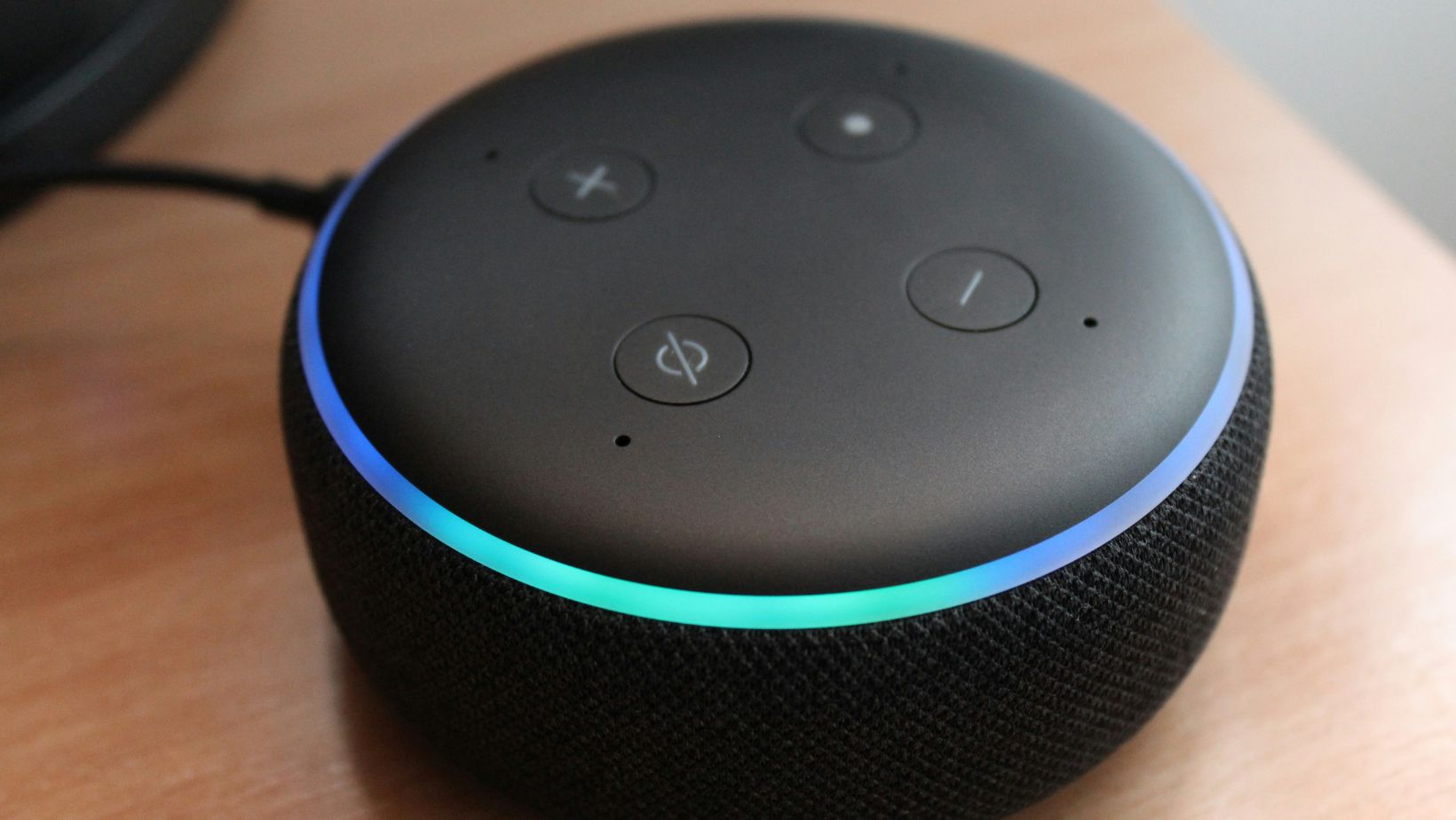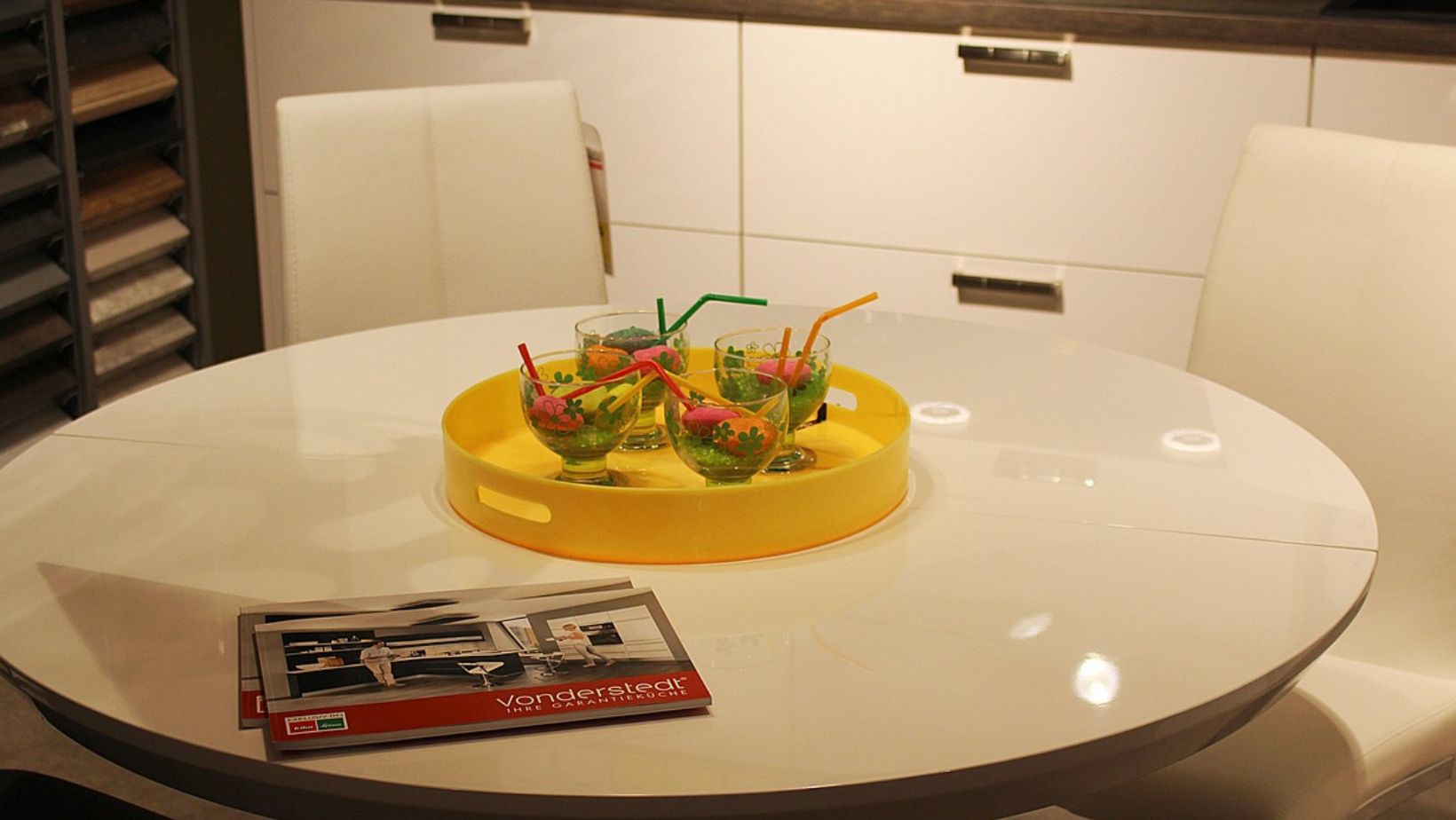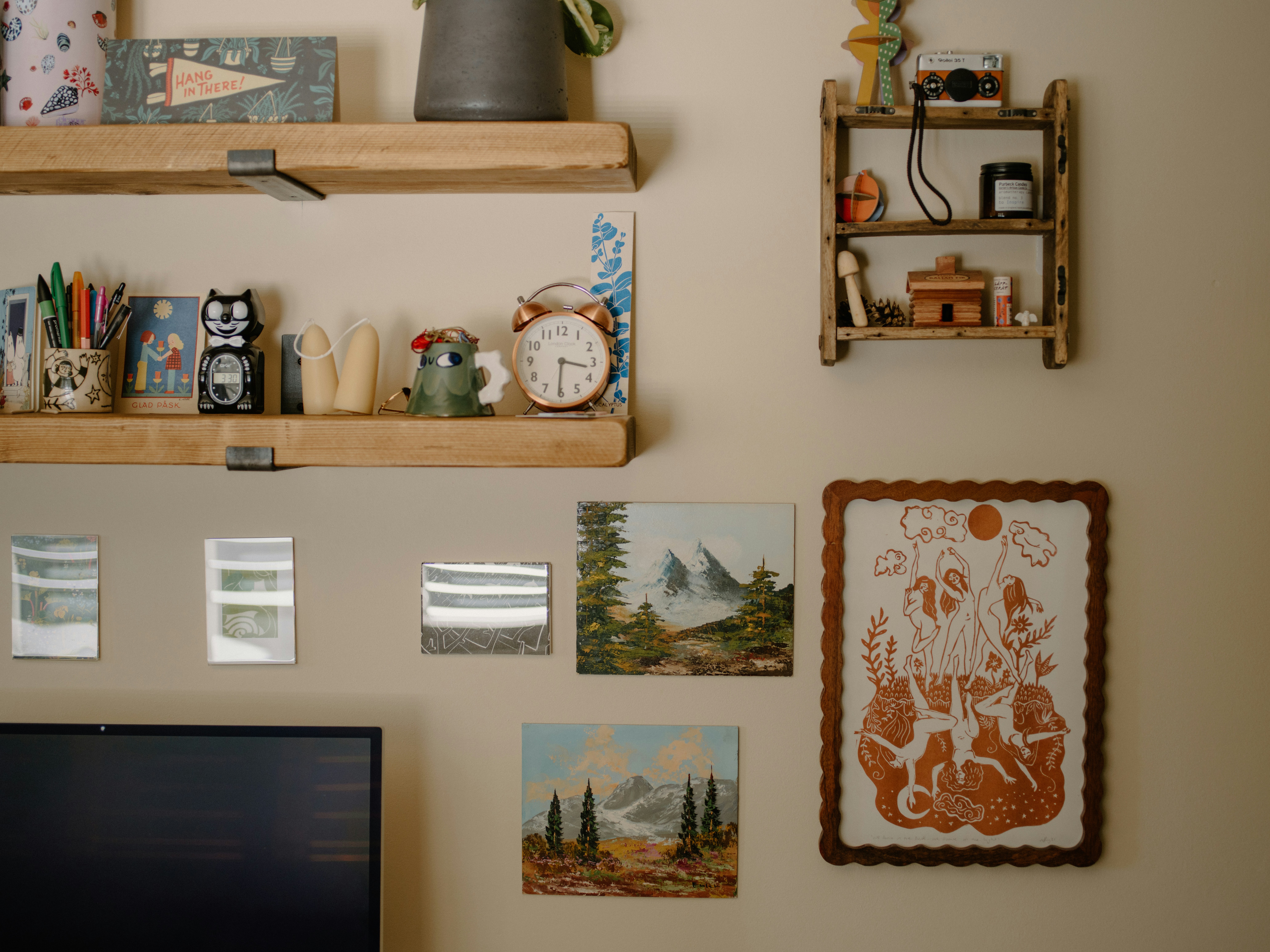Minimalist Living, Maximum Function – Designing Dual-Purpose Spaces

What if you could make your current home work just as well as your dream home by making each room serve multiple purposes? That’s what we call designing dual-purpose spaces. These are rooms that can transform to serve different needs throughout your day. This can include turning your living room into a home office, your bedroom into a workout space, or your dining area into a study zone. The possibilities are endless.
Smart solutions such as the mini splits, home audiovisual (AV) systems, and other appliances also come in handy in making your space efficient, secure and comfortable without wasting precious floor space.
In this guide, you’ll learn more practical ways to transform your rooms into flexible spaces that adapt to your needs while keeping them comfortable and organized.
The Philosophy Behind Dual-Purpose Design
Minimalism means having less but making everything work harder to meet your needs. For example, if it’s a room, the room does two jobs instead of one. It’s about looking at your room and asking, “What else can this space do for me?” For example, instead of having a guest room that sits empty most of the year, you can turn it into your home office that quickly transforms when visitors arrive.
The idea here is that your space changes as your needs change throughout the day. Each space must work well and feel open and clean. Having rooms that can change their use means you need fewer rooms. You buy less furniture and use less space to live well. This helps save money and is better for the environment.
Tips on Designing Dual-Purpose Spaces
When you live with less but make everything count, your mind feels clearer. It helps you focus better and feel more organized. Let’s look at some ideas for designing your dual-purpose space.
Access and Plan Your Space
Before you start moving furniture around, know exactly what you want from your space. You can grab a piece of paper and write down the main activities you’ll do in the room. For example, if you’re planning a bedroom-office combo, list out sleeping, working, dressing, and storage.
Also, keep in mind your timing. When do you need the space for each activity? This helps you plan better. Let’s say you need your workspace from 9 to 5, but outside these hours, you want a relaxing room.
As you plan your room, measure the width and length, noting window locations, electrical outlets, and which way the door swings. The details will matter as you arrange furniture for multiple uses.
Consider Scale and Proportion
As you measure your room, keep 3 feet of space for walking paths. Leave 18 inches between the sofa and the coffee table. Keep 30 inches of space around the dining table. Keep furniture height below window sills when possible.
Choose desk chairs that fit under desks completely. Leave space between furniture and walls, and don’t fill every wall with furniture. Keep some open space to make the room feel bigger.
Design Techniques for Visual Harmony
Your dual-purpose room needs to feel unified, not chaotic. Start with a neutral color scheme such as soft whites, warm grays, or light beiges, they work well as base. Add color through items you can easily change, like cushions or artwork, to define different areas of your room.
Lighting is also another consideration in dual-purpose design, and it must work for all your activities. Layered lighting using ambient, task, and accent lights can also illuminate and set the mood in your space. You can also consider desk lamps for focused work, and soft lamps for relaxing. Remember to use light fixtures that can be dimmed or adjusted
Technology Integration
Your technology should help not complicate your dual-purpose space. Install outlets or charging stations at both sitting and standing height. Use wireless devices to reduce cord clutter. Take advantage of cord organizers or cable covers to keep necessary wires today and out of sight.
Use smart speakers such as Alexa, to help control lighting and temperature through voice commands, making it easier to switch between activities.
Maintain and Organize
Keeping your dual-purpose space working well means cleaning up after each activity before starting another. When you finish using one space, take five minutes to clear your desk and store work items.
Use labeled items or bins to keep these items for different activities separate and easy to access. These small habits keep your space ready for your next use.
Essential Elements of Dual-Purpose Rooms
Your furniture choices can transform your dual-purpose space. When buying, look for furniture pieces that change with your needs. A dining table with leaves that fold down saves spec when you’re not eating. On the other hand, a murphy bed folds up against the wall when you need floor space.You can also use room dividers on wheels that let you create private areas when needed and roll away when you want an open space.
As you purchase these pieces, choose the ones with hidden storage, e.g., beds with drawers underneath, ottomans that open up, or coffee tables with compartments inside. The goal is to keep everything you need for each activity close by but out of sight when not in use.
Common Dual-Purpose Combinations
In dual-purpose design, there are common dual-purpose combinations that go hand in hand. Some room combinations include:
- A living room/home office: One of the most popular setups.
- Bedroom/workout spaces: Has a fold-up bed that can be pushed against the wall.
The bed should have under-bed containers where you can store your exercise equipment.
- Dining room/study area: Works well when you add good lighting and nearby storage for school supplies.
Summary
You can create dual-purpose spaces, but it comes down to the following:
- Careful planning of your space and understanding your daily needs.
- Choosing furniture that can serve multiple functions.
- Using smart storage solutions.
- Using color, light, and design to create a unified space.
- Installing the right technology to support different activities.
- Keeping everything organized with good systems and habits.
Your dual-purpose room should make your life easier, not more complicated. The goal is to create spaces that work for you throughout the day while keeping your home organized and welcoming.



 Embracing the Growing Design Trends that Lean into Chaos
Embracing the Growing Design Trends that Lean into Chaos  Minimalist Living Room Design: Transform Your Space into a Serene Sanctuary
Minimalist Living Room Design: Transform Your Space into a Serene Sanctuary  Minimalist Mehndi Design: Elegant Simplicity for Modern Celebrations
Minimalist Mehndi Design: Elegant Simplicity for Modern Celebrations